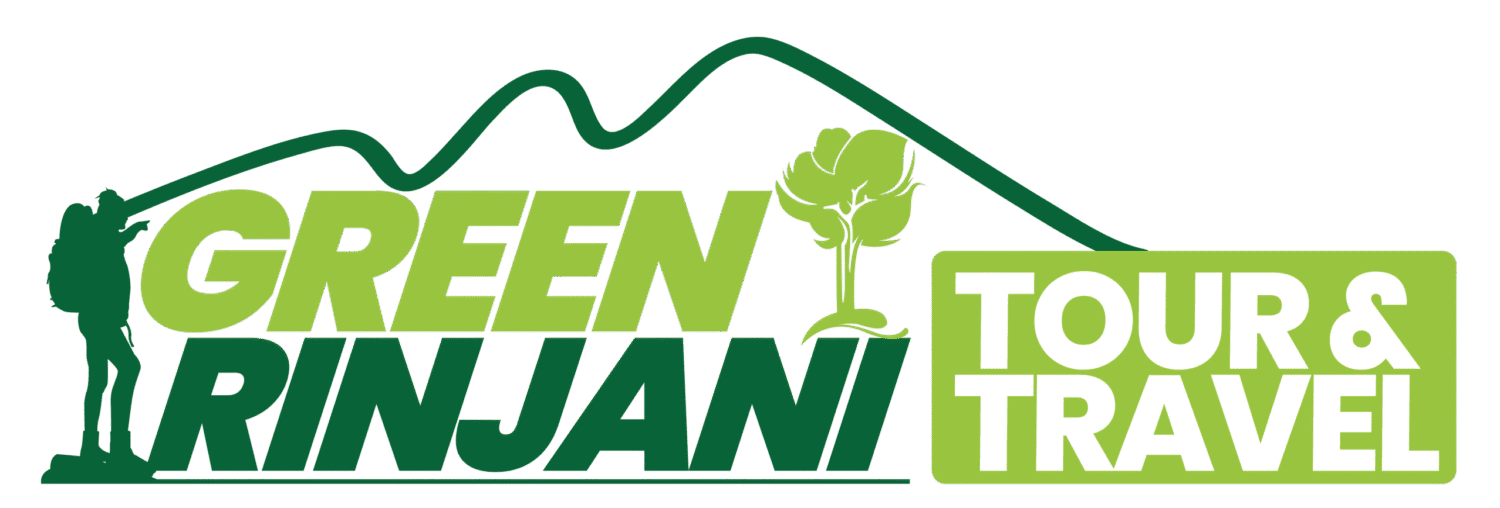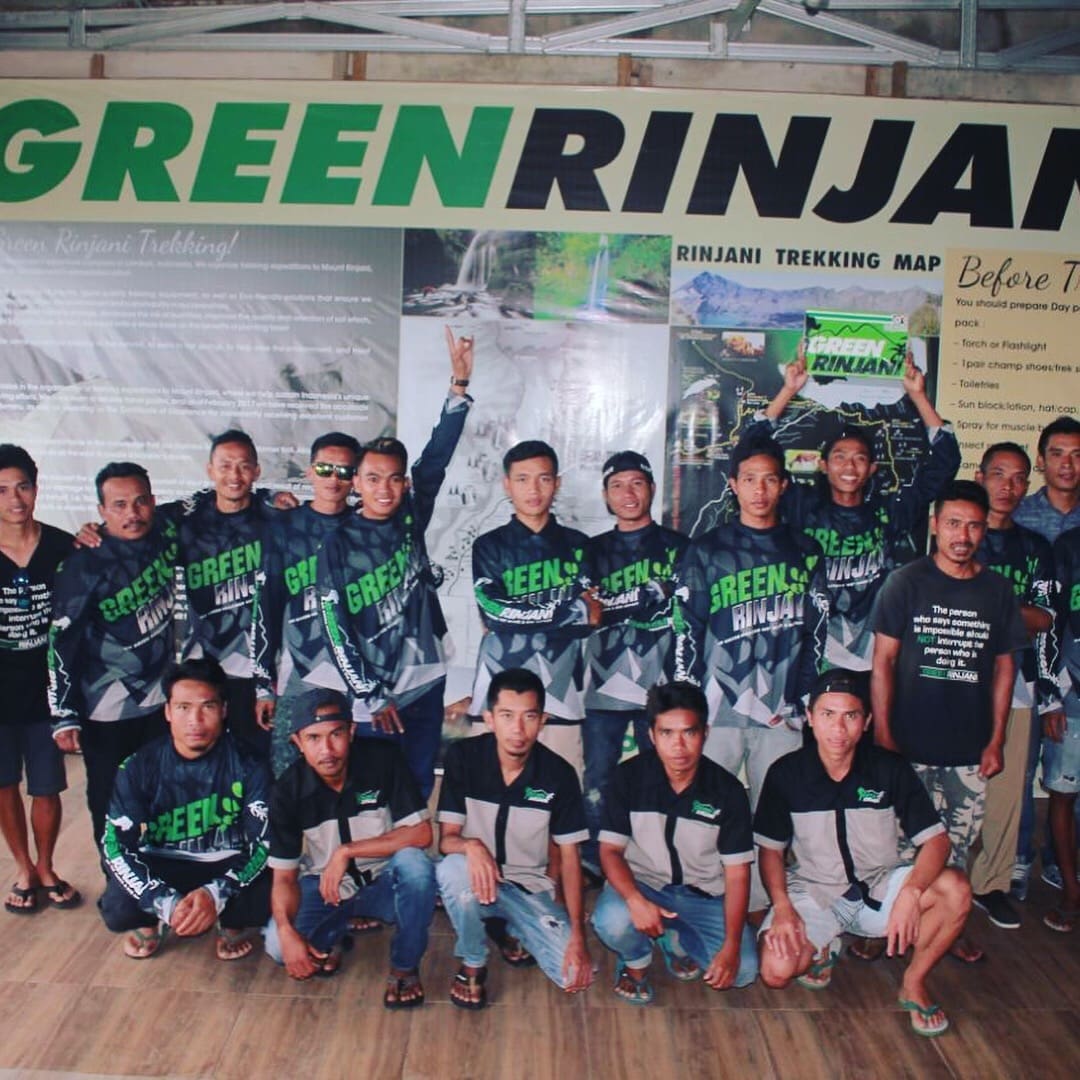Rinjani safety tips trekking
Rinjani Safety Tips Trekking: The Ultimate Guide to a Safe and Enjoyable Trek
If you’re planning to climb one of Indonesia’s highest peaks, knowing the right Rinjani safety tips for trekking is essential. Mount Rinjani (3,726m) is both a beautiful and challenging destination, which makes preparation and safety knowledge crucial for every trekker.
Whether you’re trekking to the Crater Rim, Rinjani Summit, Segara Anak Lake, or taking the Torean route, this page will help you trek confidently and responsibly.
Why Safety Matters on Mount Rinjani
Mount Rinjani (3,726m) is Indonesia’s second-highest volcano and one of Southeast Asia’s most challenging and rewarding trekking destinations. But it’s no easy hike — with steep trails, changing weather, and high altitude, safety must always come first.
At Green Rinjani, we follow international safety standards and prioritize:
- Small group sizes
- Experienced, licensed guides
- Emergency awareness
- Eco-friendly trekking ethics
1. Choose the Right Group Size (It Matters!)
Our Standard: 1 Guide per 4 Guests
We keep our groups small for a reason: your safety. Large groups are harder to manage, slower on the trail, and more difficult to coordinate during emergencies.
Benefits of Small Group Sizes:
- Easier monitoring of your health and stamina
- Faster emergency response if needed
- Smoother coordination at rest stops and camps
- Stronger connection and teamwork among trekkers
| Trek Type | Max Group Size | Guide Ratio |
| Private Trek | Flexible (you choose) | 1 guide : max 4 guests |
| Open Group | 6–8 guest | 2+ guides if needed |
Pro Tip: If you’re trekking solo and want to join others, ask us about available groups — or book a private trek with full support.
2. Understand the Terrain and Trekking Routes
Mount Rinjani can be accessed through several trekking routes, and each offers a very different experience.
- The Senaru route is the classic trail that leads only to the Crater Rim. It is moderately challenging but generally safer for beginners or travelers who want a shorter adventure. Since it does not include the summit, it is a good choice for those who want to enjoy the views of Segara Anak Lake and the volcanic scenery without pushing themselves to the extreme.
- The Sembalun route is the main gateway to the summit at 3,726 meters. It is longer, more exposed to the sun, and includes the toughest part of the mountain: the final summit climb over steep volcanic sand. This route is best suited for fit and experienced trekkers who are determined to reach the very top of Rinjani.
- The Torean route is usually used for descent rather than ascent. It is known for its spectacular landscapes — waterfalls, lush jungle, and dramatic river valleys. However, the trail is narrow and includes sections prone to landslides and slippery rocks. Because of these risks, it should only be attempted with a licensed guide and is not recommended during the rainy season when conditions become especially dangerous.
In short: the main differences between the routes are in their difficulty and goals: Senaru is safer and shorter, ideal for Crater Rim trekking; Sembalun is longer and more demanding, designed for those aiming for the summit; and Torean is the most scenic but also the most hazardous, used mainly for descending with experienced guides. Choosing the right route based on your fitness level, time, and expectations will make your Rinjani adventure both safer and more enjoyable.
3. Essential Safety Tips for Trekking Mount Rinjani
- Before your trek: it is crucial to book with a licensed operator such as Green Rinjani to ensure your official permit is secured.
- Always choose a program that matches your fitness level and prepare proper trekking gear in advance. Staying hydrated, eating well, and resting properly before the trek will also help you perform better. If you have any health conditions, inform your guide so they can look after you more closely.
- On the trail: walk at a comfortable pace without rushing, as pushing yourself too hard can lead to exhaustion. Drink water regularly to avoid dehydration and wear layered clothing so you can adapt easily to both hot daytime temperatures and cold mountain nights. Listen carefully to your guide’s instructions at all times and use trekking poles if you need more balance on steep or sandy terrain.
Altitude awareness is also very important. Symptoms of altitude sickness can include headache, nausea, dizziness, or unusual fatigue. If these symptoms get worse, you should descend immediately rather than take risks. Reaching the summit is never worth more than your safety, so always put your health first.
4. Recommended Gear & Packing List for Safety
Packing the right equipment can make or break your safety and comfort:
- Trekking shoes (with grip): Prevent slips on rocky terrain
- Headlamp: For early summit climbs (3:00 AM start)
- Warm jacket and base layers: Cold temperatures at high altitude
- Rain jacket: Weather can change quickly
- Trekking poles: Helps with stability and reduces knee strain
- Personal medicine: Include altitude sickness tablets, if needed
- Sun protection (hat/sunscreen): UV is strong even in cooler climates
- Hydration bladder/bottles: At least 2–3 liters of water daily
- Dry bag: Protect valuables from rain or moisture
5. Medical Safety & Emergency Preparedness
At Green Rinjani, your safety comes first. We take careful steps to handle unexpected situations on the mountain:
- Essential first-aid kits are always carried on every trek.
- Oxygen is available upon special request, especially for summit programs.
- Our experienced team can coordinate and assist with emergency descents when necessary.
- Guests are monitored regularly for signs of altitude sickness to ensure a safe journey.
- When needed, our team can consult directly with a doctor for remote medical guidance.
- Important: There are no rescue helicopters on Rinjani. That’s why guide expertise and fast decision-making are crucial.
6. Environmental Safety = Trekking Safety
Protecting the environment is not only about sustainability but also directly linked to your own safety and the experience of future trekkers:
- Leave No Trace – Pack out all trash, including food scraps, tissues, and plastic bottles. Litter can attract wildlife, cause accidents on the trail, and pollute water sources.
- Avoid Burning Plastic – Burning plastic produces toxic smoke that harms porters, guides, and the fragile mountain ecosystem. Carry it back down instead.
- Use Biodegradable Soap – When washing near rivers or hot springs, only use biodegradable soap in small amounts. Ordinary detergents can poison water sources.
- Stay on Designated Trails – Cutting through new paths damages vegetation, increases erosion, and raises the risk of landslides. Always follow the marked trail with your guide.
- Respect Wildlife and Plants – Do not feed monkeys or other animals, as this makes them aggressive and dependent on humans. Avoid picking flowers or damaging plants.
- Be Fire-Safe – Do not light fires outside designated cooking areas. Wildfires are a real risk during the dry season.
- Respect Local Culture & Rules – Follow all Mount Rinjani National Park regulations, respect sacred sites, and support local communities by using licensed operators.
By practicing these habits, you not only reduce environmental impact but also keep the trails safe, clean, and enjoyable for yourself and those who will trek after you.
Our eco-trekking programs include trail clean-ups and plastic-free policies — your safety goes hand-in-hand with protecting the mountain.
7. Additional Travel Safety Tips for Rinjani Trek
- Get Travel Insurance: Always buy trekking or travel insurance that covers mountain trekking, accidents, and medical evacuation. This protects you in case of sudden illness, injury, or last-minute trip changes.
- Check Weather Conditions: Plan your trek in the dry season (April–December). Heavy rain in January–March often forces trail closures and increases safety risks.
- Protect Against Mosquitoes: Malaria risk is very low on Mount Rinjani itself due to the altitude, but you may pass through lowland areas where mosquitoes are present. Use repellent and wear long sleeves before and after your trek.
- Avoid Last-Minute Street Deals: Many scams target travelers at airports, harbors, or tourist streets. If someone offers a “cheap Rinjani trek,” always ask which official trekking organizer they work with. If they cannot provide a clear answer or proof of partnership, walk away.
- Verify Before You Pay
Double-check that your operator:
Can issue an official eRinjani permit under your name.
Has a real office in Lombok (not just an online page).
Provides a written booking confirmation with details of inclusions. - Book Early: Rinjani has a strict daily quota system. Booking well in advance with a licensed operator ensures your spot. Waiting until the last minute increases your chances of falling victim to scams.
Helpful Links
- Mount Rinjani National Park Official Website (Balai TNGR)
- Green Rinjani Trekking Programs
- Travel Health Tips – CDC
- Avoid travel scams Rinjani
- mount rinjani trekking routes
- mount rinjani sops
- Rinjani Trekking Insurance
- Mount Rinjani Preparation
Final Words: Smart Trekking is Safe Trekking
Trekking Mount Rinjani is an amazing experience — but it should always be done with preparation, care, and the right team behind you. Follow these Rinjani safety tips for trekking, choose a reliable company with small groups and expert guides, and you’ll be rewarded with one of the most beautiful adventures in Indonesia.
Need Help Planning?
Contact Green Rinjani today for personalized trekking recommendations, group availability, or safety-related questions.

